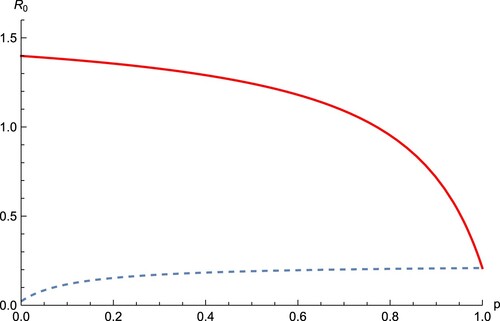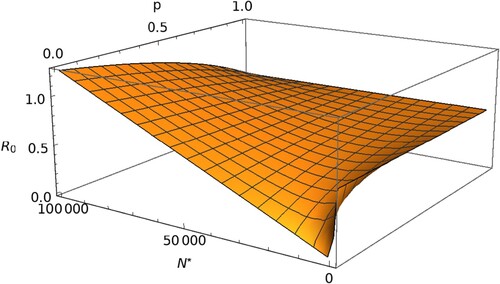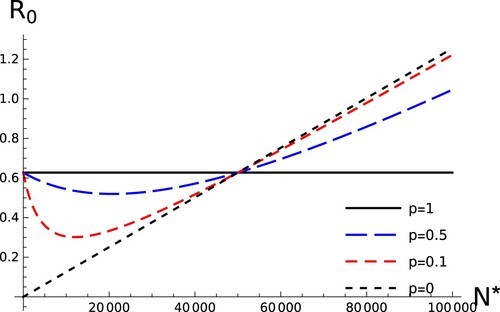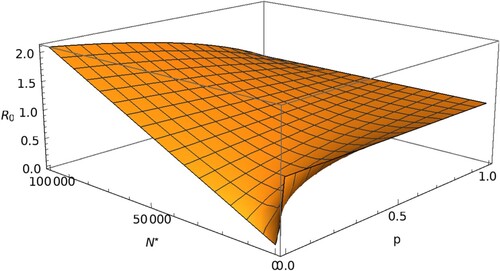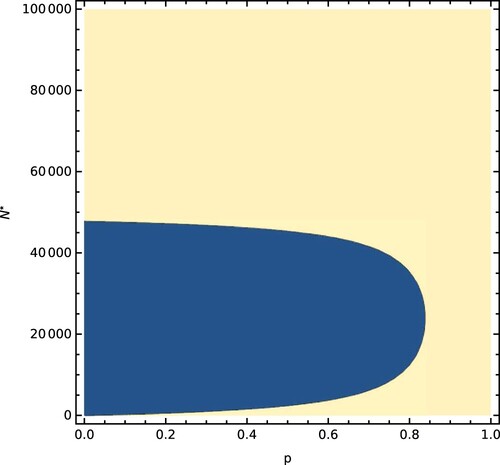Figures & data
Figure 1. Flow diagram reflecting infection dynamics for groups 1 and 2, interconnected by the infection rates via the weighted average proportion of contacts made with infectives, .
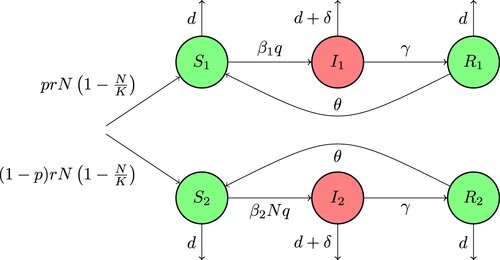
Table 1. State variable and parameter definitions and their units.
Table 2. Summary of estimated model parameters.

